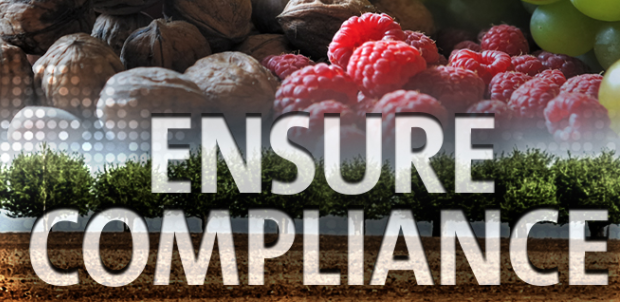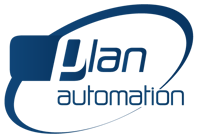Given the fact that most produce originates in fields, trees, and in the great outdoors, there are opportunities for environmental foreign material to mix with good products as they are collected and sent to food manufacturers for further processing. X-ray machines find and remove contaminants in the bulk flow part of the process, as well as other critical control points in production, to ensure that fruit and vegetable manufacturers and packagers are compliant with food safety standards and regulations. X-ray inspection systems also help ensure product quality and integrity.

The popular saying, “Money doesn’t grow on trees” is true, but for produce manufacturers, it could be lost there via hazards introduced in the production process for fruits and vegetables.
Contaminants, ranging from broken bottles near walnut trees to rocks mixed in with collected beans to whole golf balls harvested with potatoes, pose food safety risks downstream in the production process. At another critical control point down the line, other contaminants could also be introduced. For example, parts of a sieve may accidentally break off, introducing fine pieces of wire in product.
These examples are ubiquitous real-world scenarios in the food manufacturing industry. Such hazards not only pose great risk for food safety and product integrity, but are also the basis for non-compliance with food safety regulations leading to costly product recalls.
X-ray systems, including those with the capability to detect foreign bodies previously unseen by x-ray can locate hard to find contaminants in dense busy application images and are important safety tools for critical control points (CCPs). These CCPs are the basis for a company’s HACCP program, which in turn are used to show compliance with other global standards, such as ISO, Safe Quality Food (SQF) programs and the BRC global standard for food safety, among others. HACCP is also part of practice controls required for compliance with the Food Safety Modernization Act (FSMA) in the U.S.
As part of food safety diligence and compliance efforts, traceability has become a priority for many food and beverage companies in recent years. Eagle’s proprietary software delivers greater traceability at a time when manufacturers must demonstrate to their retail and foodservice customers their capability to find product information quickly. For example, Eagle’s TraceServer software allows for the retrieval of information and images from a central database, if there is a question about a particular batch or product during a review, audit or recall.
X-ray systems provide comprehensive inspection capabilities and excel in a multitude of fruit and vegetable products and packaging types. Fruit and vegetable companies commonly utilize x-ray technology to inspect fresh, frozen, bulk, canned or unpackaged items, for finished products including fresh (raw) fruits and vegetables, mixed fruits, fruit salads, jams/jellies, juices, purees, salad kits and more. Package applications are equally broad, including trays, pouches and bags, cartons, boxes and cases, metal tubs and tall rigid containers, among others.
Recent studies have shown the demand for plant-based foods are now higher than ever. Along with this market growth are increasingly stringent food and safety regulations around the world. Produce manufacturers utilizing Eagle x-ray inspection systems facilitate product safety and quality while protecting their brand reputation from an expensive recall and bad publicity.



